If you’ve spent any time gaming on Valve’s Steam platform, you may have noticed that your profile displays a numerical level. It’s shown at the top right corner of the page, encircled by a colored ring. But what does this number mean? If we want to be real for a moment: Absolutely nothing.
Most are content to use Steam solely for digital game distribution. But if you’ve ever been curious about Steam’s leveling system and perhaps desire to raise that illustrious, mysterious number, we’re here to help!
Your Steam level is a numerical representation of your dedication to interacting with Steam’s features. This level includes buying games, participating in seasonal events, and utilizing Steam’s trading card system. All activities will earn you experience points, subsequently increasing your Steam profile level.
Here are some tips on how you can increase your Steam profile level and the benefits of doing so:
Increased Friends list maximum
By default, you can add up to 250 friends to your Steam friends list. For every Steam level you earn, that limit will increase by five. There is no maximum to this extension of your friends’ list. If you keep earning Steam levels, you’ll keep increasing your friends’ list limit.
Earn additional Steam showcase slots
Every ten levels you earn unlocks an additional showcase slot in your profile. The showcase displays near the top of your profile and allows you to show milestones you’re particularly proud of, or best represents your interests. This can include showcasing the number of games that are in your library (great if you enjoy showing off your large collection!), you favourite game or games, or showing off the achievements that you are most proud of.
Unlocking new showcase slots will allow you to add an additional type and does not affect the number of visible slots within each showcase.
There are a total of 16 showcases to choose from, and you can feature and order them to your liking. Some won’t be available unless you’ve met specific criteria. For example, you can’t showcase your Steam Workshop submissions if you’ve never actually submitted any.
Increased chance of booster pack drops
For every ten levels that you earn, your chance to receive a booster pack for a game will be doubled. Starting with a 20 per cent increase at level 10. You’ll become eligible to receive a booster pack for a game, containing three random cards from that game’s set, once you’ve earned all possible card drops for that game already. Booster packs are randomly awarded to an eligible user each time a Steam community member crafts a badge. You’ll need to log in to Steam each week to remain eligible.
Bragging rights and reputation
While not exactly an outlined benefit of levelling your Steam profile, it can be concluded that having a higher levelled Steam profile will increase your reputation. This may come in handy when trading items with other community members, as they may be more likely to trust a user with a higher Steam level.
Alternatively, you could also see the system akin to those who want to race to the highest GamerScore on Xbox Live or the most platinum trophies on the PSN. For those curious, the current highest Steam level at the time of writing is a staggering 4658 by user St4ck, clear of second place by over 700 and third by almost 1700!
How to increase your Steam profile level
Now that you’ve learned all of the benefits of increasing your Steam profile level, let’s talk about how you’ll actually do it. Your profile will level up by earning experience. Simple enough! From Steam levels 1 through 10, each level requires 100 XP. Every ten levels, the amount of experience required to level up will increase by 100 (so after level 10, you’ll need 200XP, after 20, you’ll need 300XP, and so on).
How to earn Steam profile experience
Experience is earned by crafting badges, which requires you to collect and complete sets of Steam trading cards from games. Not every game on Steam features trading cards, but you can check which ones do here. All Steam trading cards are parts of a set of their respective games. Sets can require anywhere from four to 15 cards, with most sets containing five to eight cards.
You can browse all available trading cards and find numerous useful resources on the website steam.tools. It’s most helpful feature allows you to browse current prices for entire sets of cards, so you can essentially find which badges are the cheapest to create for easy XP. There’s even a tool to show you how much, based on current rates, you can expect to spend on cards (and ultimately, badges) to reach a certain profile level.
However, once you’ve completed a full set of cards for a particular game, you can craft it into a badge. Each badge crafted will award 100 XP, and you can then level up a crafted badge by completing another full set of its cards, awarding an additional 100 XP. You can level up a badge four times, allowing you to earn a maximum of 500 XP total from each game’s badge.
Trading cards also exist in foil versions, which are significantly less cool than they sound since they don’t really play any significant role aside from being a prettier version of the regular ones. Foil cards can be crafted into a foil badge. However, you cannot level up a foil badge, so you’ll earn only a maximum of 100 XP. You can have both a foil and non-foil version of a game’s badge.
It’s worth noting that earning achievements in a game will not award Steam profile experience. You can feature achievements in your showcase, but that’s all they’re good for.
What you need to know about Steam trading cards
Now that you know how to earn experience by crafting badges out of trading cards, let’s talk about those trading cards.

What are Steam trading cards?
At their core, Steam trading cards are collectible, digital trading cards depicting an image or character from a game. They serve no real purpose other than to be collected and crafted into badges; There’s no “Steam trading card meta-game.” They’re used only for crafting and trading, and filling out your inventory. Clicking on a trading card in your collection will display the card’s full art.
What’s the difference between foil and non-foil Steam trading cards?
There are two types of Steam trading cards: Regular cards and foil cards. The only difference between each is that the foil cards feature a different colored border than the regular cards. They’ll still have the same card art, but can be crafted into a special foil badge that does feature a different appearance than the non-foil versions, but it’s worth reiterating that they cannot be upgraded.
How to earn Steam trading cards
The easiest way to get your hands on some Steam trading cards is by actually playing games. There’s no magic formula to determine how and when you’ll receive a trading card. Just play the game and you’ll get some cards. However, you can only earn about half of a game’s trading cards as random card drops from playing. If you want to complete a set (and craft its badge), you’ll have to trade with or purchase cards from other Steam Community members.
Earning Steam trading cards from paid games
If a game’s trading card set consists of 8 cards, you’ll receive 4 cards as free drops. You can receive duplicate cards as your free drops, and you can trade your duplicates with other players to work toward completing a set. Once you’ve received all free card drops from a particular game, you will not receive any more free card drops and can only get new cards for that game by trading, opening booster packs or purchasing them from the Steam Community Market.
It’s worth mentioning that you can collect cards for games you don’t own by trading with other players or purchasing them. You won’t be eligible for booster pack drops for this game unless you actually own it.
Earning Steam trading cards from free to play games
The trading card drop system works differently for free to play games, such as Team Fortress 2 or DOTA 2. Whereas paid games will have a set number of card drops, card drops from free to play games can be continuously earned by spending money in the game. For every $9.00 USD you spend on a free to play game, whether its by buying in-game currency, items, or DLC, you’ll earn another card drop for that game. You can check your progress towards earning another card drop in the Badges section of your profile.
Completing sets and crafting badges
The main purpose of collecting Steam trading cards is to use them for crafting badges. Once you’ve obtained all of the cards in a specific game’s set, you can craft that game’s badge, earning your Steam profile 100 XP. You can complete the same set an additional four times for a total of 500 XP per badge, and can earn an additional 100 XP for crafting a badge using a full set of foil cards for a game. You can display earned badges in a showcase section of your Steam profile.
In addition to earning experience upon crafting a badge, you’ll also receive a handful of bonus items. Each time you craft a game badge, you’ll receive a game-specific, random emoticon, usable in Steam chat and forums, as well as a game-specific random background, which is usable on your profile. There is currently an absolutely absurd amount of emoticons for Steam. You also have a chance to receive a discount coupon for a different Steam game or DLC. Crafting higher-level badges for a game will increase your chances of receiving that game’s more rare rewards. As with trading cards, emoticons and backgrounds can be sold and purchased on the Steam Community Market.
Easy to get and “free” badges
It’s worth mentioning that there are a handful of complimentary badges earned by general use of the Steam client. There’s a “Years of Service” badge that will automatically level up every year since you’ve created your account, and will award you 50 XP each time. You can also earn and level up the “Community Leader” badge by completing specific tasks within Steam, such as reviewing a game or commenting on a friend’s profile. Finally, there’s a badge you can earn and continuously level up simply by owning games, which levels up and awards XP based on the number of games you currently own. At this time, the user owning the highest level of this badge owns almost 22,000 games. We wish you luck if you plan on tackling that record.
How to get more Steam trading cards
Since each game has a limit to the number of cards that will drop, in order to complete a card set and craft that game’s badge, you’ll need to obtain the rest of the trading cards from other users. There are multiple ways to obtain new trading cards once you’ve used up your drops:
Buy trading cards from the Steam Community Market
The easiest way to obtain new cards for a game is by purchasing them on the Steam Community Market. In the Community Market, you can use your Steam Wallet funds to purchase digital items from other users who have put the items up for sale. Transactions are completed through the Market, so you won’t have to actually deal with other players in any fashion. You can visit the Steam Community Market website, or click “Market” in the “Community” tab of the Steam client, to browse currently available listings.
The Badges section for each game will display a list of the cards you still need, as well as a button to take you to the Steam Community Market.
To buy trading cards, just search for, or browse to, a listing for the trading card you’re interested in obtaining and click the “Buy…” button. Upon doing so, you can place a buy order to purchase a card at a desired value or check out instantly by simply accepting the current market rate for that item.
You can easily check current market value of cards, as well as what users would like to pay.
When you place a buy order, intending to buy an item at a lower price than currently available, Steam will search the Market for a listing for that item matching the price you wish to pay. If it can’t find a match, it’ll place a buy order and will automatically check for items matching your desired price. When it finds a matching listing, buy orders will be fulfilled in the order they’ve been placed. The transaction will be completed through Steam, similar to the checkout process used when purchasing a game, and you’ll receive an email notifying you that the order has been fulfilled.
Before you can create a buy order, you must have the necessary amount of funds in your Steam Wallet, but you can place multiple buy orders totalling up to ten times your current steam balance. If you have $1.00 in your steam balance, you can place up to $10.00 in buy orders. However, if you don’t have enough funds to cover your buy order when the listing is available, your order will be canceled.
It’s worth noting that many trading cards are incredibly cheap, costing mere pennies. Others may cost over $1.00 each, depending on market availability. On average, expect to pay anywhere from $0.03 to $0.17 per card to complete most games’ sets.
As many cards generally have such low prices to begin with, you likely won’t have to bother much with buy orders. Search for your desired card and click “Buy…” When the purchase window comes up, don’t change the value listed in the “What price do you want to pay” box. It will automatically default to the lowest price available for the item. Click the “Place Order” button and it should complete the transaction instantly, unless another user was faster and the listing is no longer available.
Trade with your friends, strangers, or bots
If you’re not interested in getting real world money involved, you can simply swap Steam trading cards with other users. There’s a bit more legwork involved in finding people to trade with, as Steam doesn’t offer a marketplace for the trading like they do for buying and selling. You’ll have to rely on Steam Community groups and third-party websites to find other users with whom to trade. Thankfully, such websites make it easy to scan player inventories and automatically set up trades. Some websites also feature bots with which you can complete card trading transactions. Here are the best websites for finding trading partners:
Selling your extra Steam trading cards
You can also choose to sell your duplicate cards by clicking the “Sell…” button. Clicking this button on an item’s listing will automatically open your inventory and allow you to choose an item to list (it doesn’t have to be the same item as you were viewing). When you select an item, it’ll show the current minimum Community Market value for that item, determined by other users.
The market typically doesn’t fluctuate too greatly on trading cards, so depending on the rarity of a card you’re not likely to sell for much more than that minimum value. Most cards from very popular games, especially free to play titles, will only cost a few cents. Foil cards may cost a bit more, as people want those shiny badges.
You can visit the Steam Community Market website to sell your extra trading cards, or click “Market” in the “Community” tab of the Steam client. When you’ve successfully sold a trading card, funds (minus a fee) will be deposited into your Steam Wallet account and you can use them to make purchases on Steam, including more trading cards!
How to get Steam trading card booster packs
In addition to obtaining cards through buying and trading, you can also obtain new trading cards by receiving and opening booster packs. Once you’ve earned all of the free card drops for a game, you’ll become eligible to receive booster packs. Booster packs are specific to each game and contain three random cards from that title. Each time a Steam Community member crafts a badge for a game, a booster pack will be randomly awarded to a qualifying user.
You can increase your chances of receiving a booster pack by leveling up your Steam profile. The odds will increase every 10 steam levels, starting at 20 percent at level 10 and doubling every ten levels thereafter. This increase is multiplicative, so if the base drop percent for a booster pack is 1 percent, at level 50 you’ll increase your chances by 100 percent. This means you’ll have a 2 percent chance of receiving a booster pack, not 101 percent. As such, booster packs are quite rare and generally aren’t considered a practical way to obtain new cards.
How to craft booster packs using Gems
You can also craft booster packs spending Gems, a currency obtained by recycling unwanted cards and during certain Steam sales. You can recycle cards by viewing your Inventory, then clicking the “Steam” tab. Doing so will display all of your currently held trading cards, along with other Steam client items including backgrounds, emoticons, coupons, and more.
As booster packs contain only 3 cards, and Gem costs to create them can be quite high, it’s typically not even worth it to bother crafting booster packs, unless you want to take your chances in hopes of a foil card. For example, to create a booster pack for Just Cause 3, you’ll need to spend 1000 Gems. However, breaking down an individual card from the same game will only net you 26 Gems. Therefore, it’s unquestionably more desired to simply trade and sell, and not bother with the Gems at all.
To break down a card into gems, you can click on any trading card in your inventory to open a side panel displaying information about the card, such as rarity, along with its Community Market value and Gem value. Clicking “Turn into Gems…” will open a confirmation box and upon accepting, the card will be destroyed and Gems will be added to your inventory.
As there’s really nothing else you can do with Gems, and you may have earned some during special sale events, you might as well visit the Booster Pack Creator to create a pack (provided you have enough Gems). You can create one booster pack per game, per day, and the Gem cost to create a booster pack will vary greatly.
That’s everything you need to know about Steam’s profile leveling and trading card game system! We hope you continue to enjoy Steam’s community features and get that Steam level going!


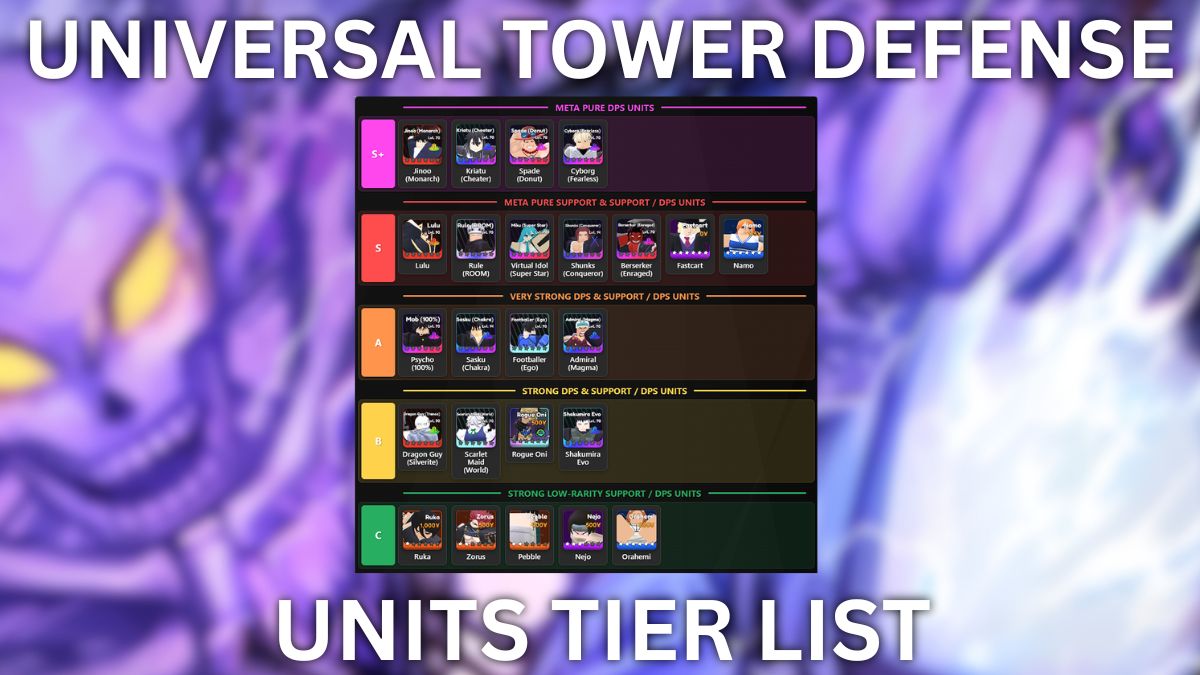
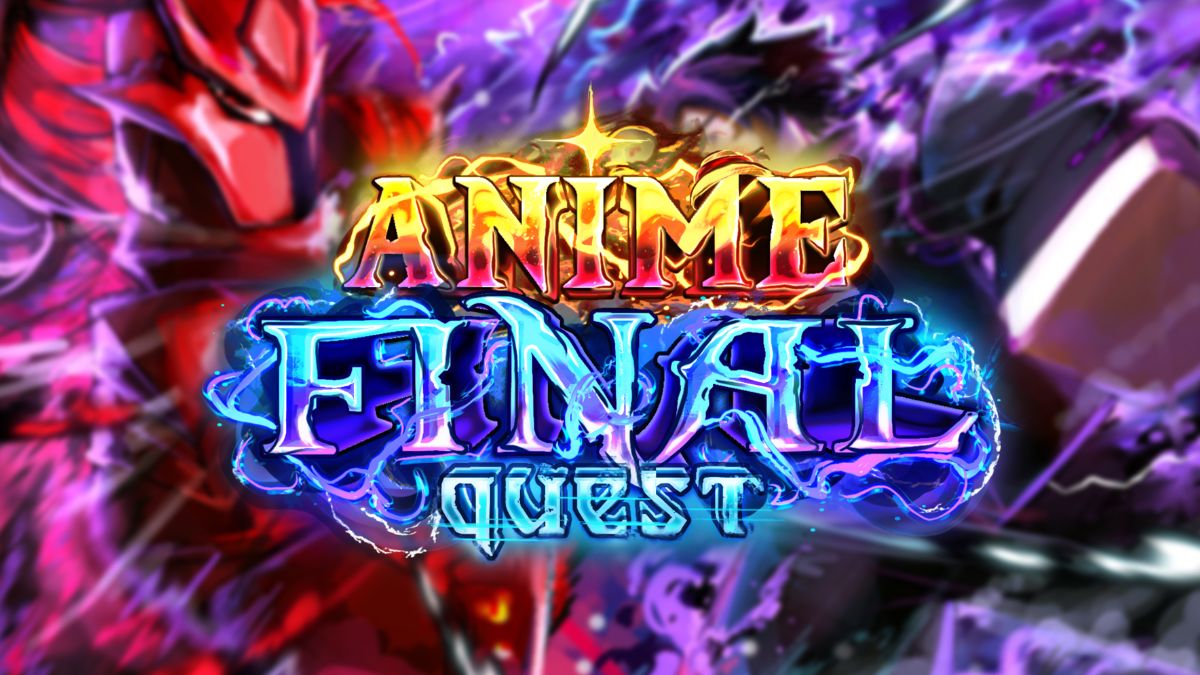

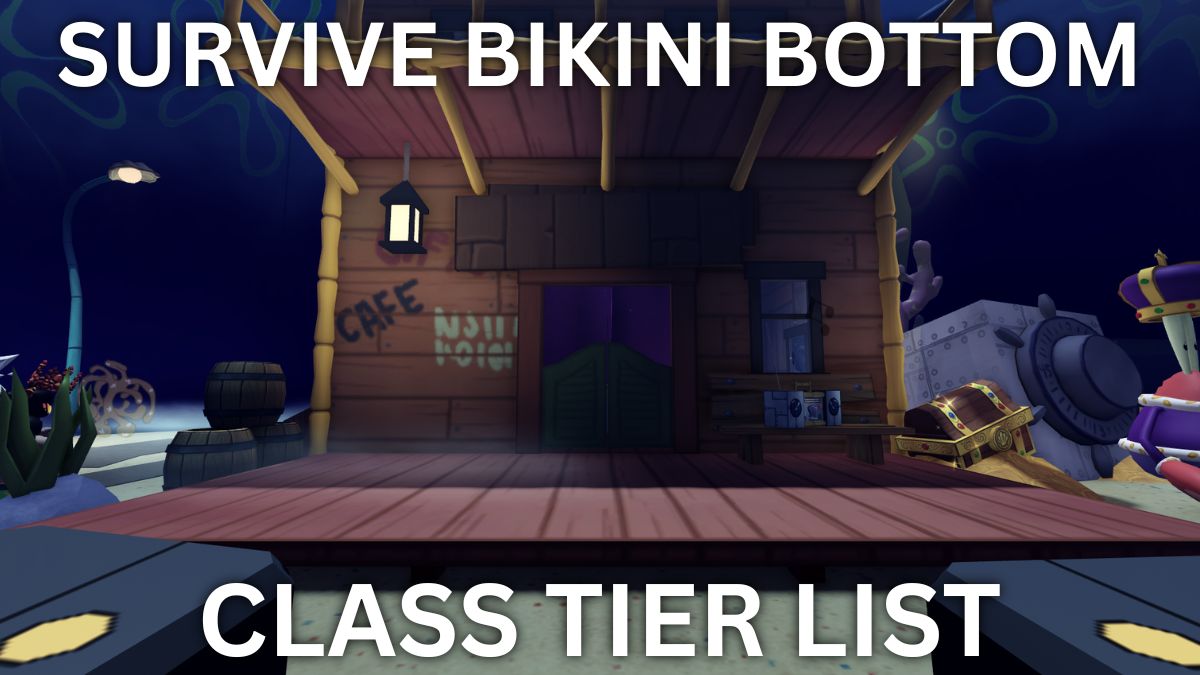
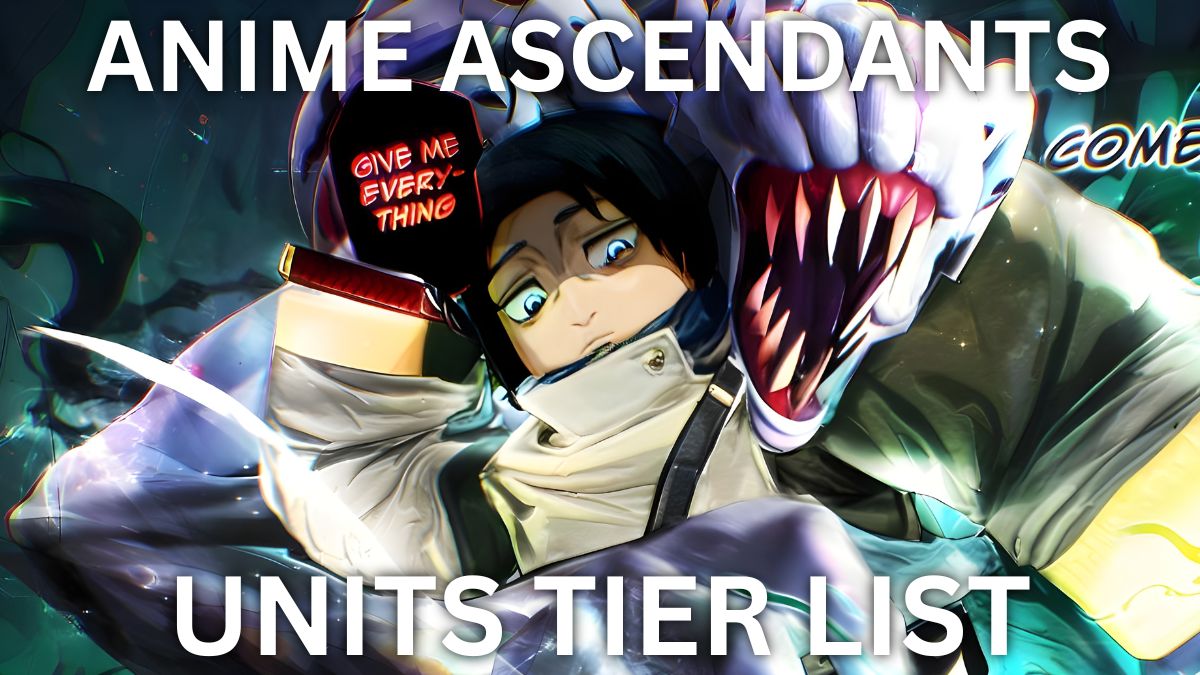
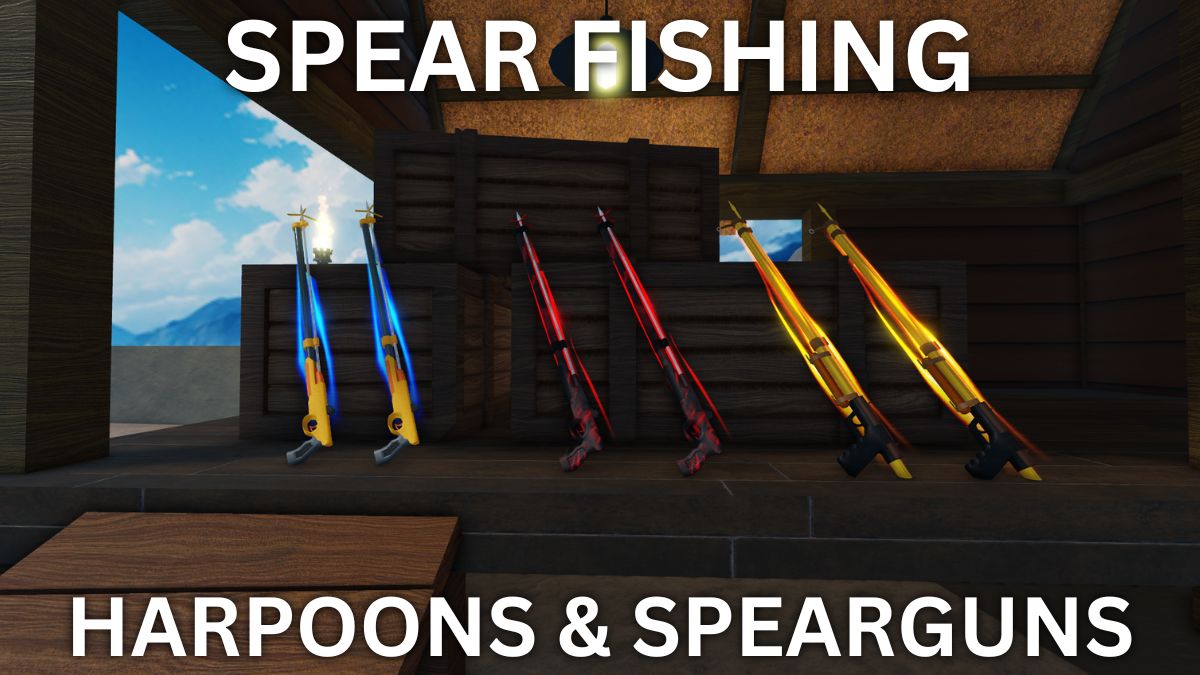
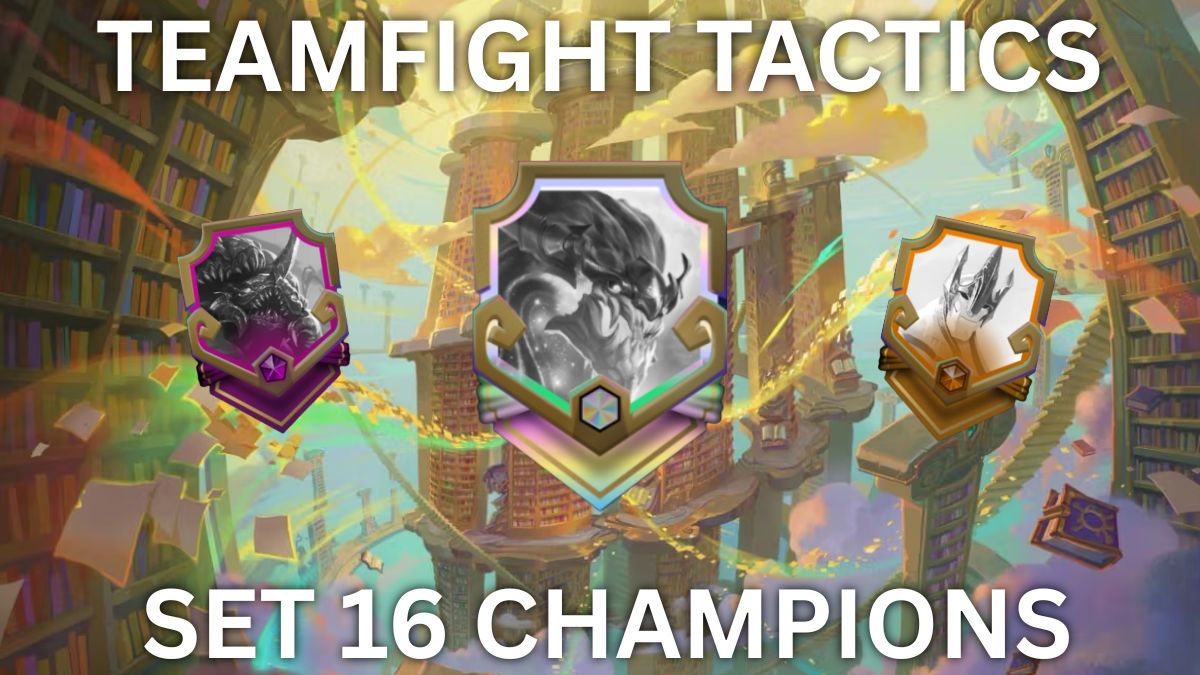
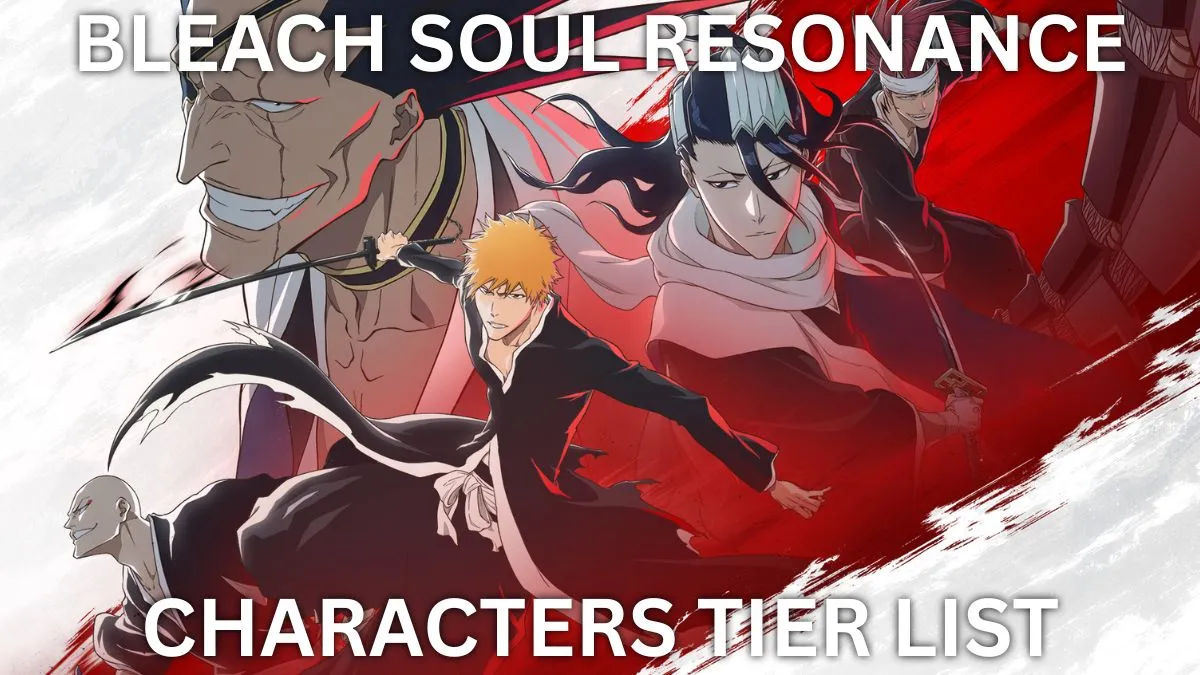
Published: Oct 14, 2019 09:27 pm